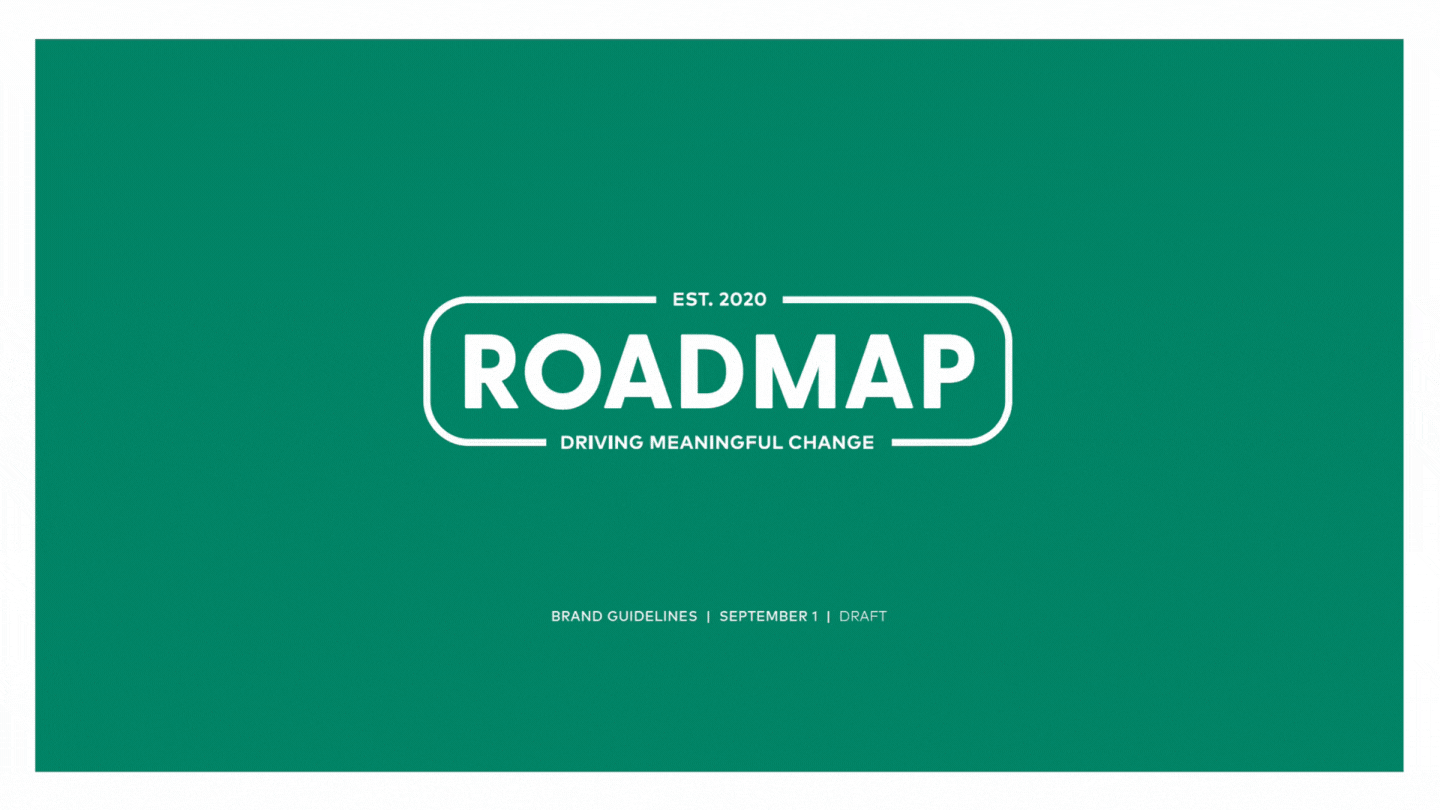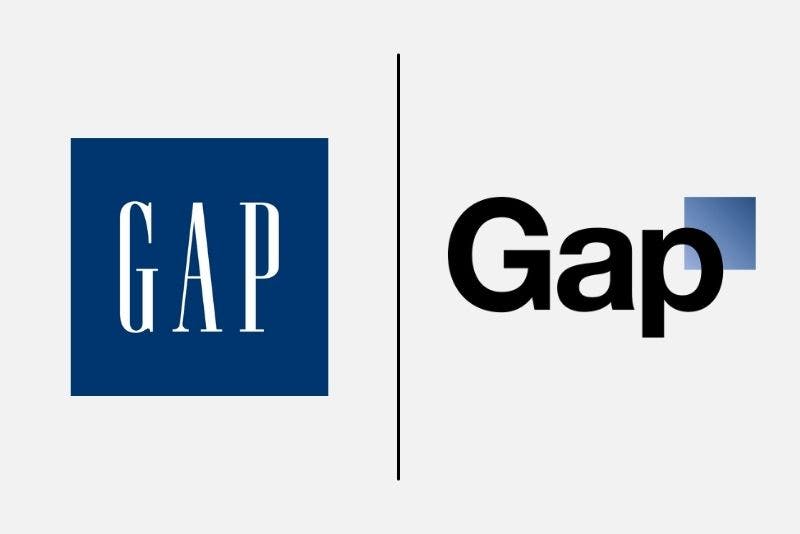
Six Branding Mistakes And How to Avoid Them
Branding is an important and complex part of your business and mistakes can happen, even to the most experienced brands. Here are some common branding mistakes and ways you can correct them.
There are many brands you’re probably familiar with that are excellent examples of branding done right, and we often come back to these brands as inspiration: Coca-Cola, McDonalds, Google. But not everyone is perfect. Even the most experienced companies can make big mistakes when they don’t stick to their brand values or try to change something that’s already working. When it’s a popular, international brand, that makes headlines. Think about Pepsi when they tried to redesign their iconic logo in 2008. After spending $1 million on the new design, the new logo was quite similar to the old one but received a lot of criticism. Some called it cheap, too simple or accused it of looking like other companies’ logos. Despite the negative response, Pepsi stood by it and tweaked it slightly again a few years later.
Branding missteps can happen to anyone. What it often comes down to is not being intentional with your branding – your brand is something that needs planning and execution. Here are six common mistakes that businesses make with their branding and ways you can avoid them:
- Not Creating a Strategy First
- Failing to Differentiate Your Brand
- Not Being Consistent With Your Branding
- Straying Too Far From Where You Started
- Not Understanding Proper Logo Usage
- Forgetting About Brand Voice
Not Creating a Strategy First
Branding is an integral part of your business, as it is woven into so many areas. It’s your logo, packaging, ad copy, website design, company uniform, store signage and so much more. It’s what people think about your company and how they see you when they’re considering doing business with you. This can’t be left up to chance and you may have less than a second to make that positive first impression. For example, it takes about 50 milliseconds (0.05 seconds) for people to form an opinion about your website (8ways 2019), so your branding must be intentional. A brand identity needs to be strategically put together to present a unified and consistent brand to the public. A common mistake is creating a brand identity based on personal preference rather than strategy, or what one person in your business thinks versus what your customer is thinking.
One of the first things you need to do when defining your brand is defining your ideal customer, so your messaging resonates and appeals to them. These customer personas include demographics like age and gender but go beyond that to include customer behaviour, motivations and values. From there, you can lay out other aspects of your brand strategy like brand promise, brand values and tone of voice (for more on the key areas to look at when defining your brand, see our post here). Then, you make decisions about your company through the lens of your brand, with questions like: Does this new product we want to sell support our brand purpose? Does this social media post match our brand voice or values?
Failing to Differentiate Your Brand
You want your brand to stand out from others in the marketplace, as that is one way you’re going to make sales. To do this you need to define your unique value proposition or UVP – what is the one thing that makes you different from your competitors? Maybe it’s your product - you sell something that no one else does. But that might not be the case, and other people might sell what you sell. Where you need to be unique is through your brand and your customer experience. Are you a company that is socially responsible and gives back above all else? Is your customer service so top notch that customers would never dream of buying from a competitor? These areas matter to consumers: 73% of consumers say customer experience is an important factor in their purchasing decisions and 64% say they would buy from a brand (or boycott it) solely because of its position on a social or political issue (PWC 2018). You can use these areas to make your brand unique and memorable.
Not Being Consistent With Your Branding
It takes 5-7 impressions for people to remember a brand, so consistency of your brand colours, messaging and imagery is key to gaining customers. Colour itself improves brand recognition by up to 80%, meaning customers are 80% more likely to identify you if you consistently use the same colours (Reboot 2018) That means your branding must be consistent across all touchpoints (from your website and business cards to your social media and any advertising). You can do this by using consistent logos, colours, taglines and key phrases but also having consistent values and tone of voice in all your social posts, blogs or web copy. And it’s not just so people remember your brand: consistent presentation of a brand can increase revenue by 33% (Lucidpress 2019).
This is where a style guide can come in handy, a formal document that shows the proper use of logos, colours, fonts and pictures, but also talks about your brand’s values and voice. How does your brand speak to customers? If it were a human, how would you describe it? This style guide is used by internal employees and anyone external doing work for your brand to make sure everything that has your name and logo attached to it is consistent and authentic.
The Roadmap brand and style guide.

Straying Too Far From Where You Started
No great business is born overnight. You may be defining your brand for the first time, but chances are your business still has a history of how it came to be, or how it grew. And that history is meaningful to you and your customers. Take The Gap as a cautionary tale. In 2010 the clothing retailer decided to redesign it’s 20-year-old logo. The result? One week and $100 million later, they went back to the original logo. What happened? There are a few reasons the new logo didn’t resonate: the change was too sudden and out of the blue (i.e. no other organizational change like a new product offering or change in management.) But really it came down to customers simply not liking the new logo and Gap underestimating the strength of that original logo in their identity. Logos are a key signifier of a brand, it’s often the first thing that comes to mind when you mention a brand. And this example proves that consumers have emotional connections to a brand and visuals like a logo: it signifies trust with a company and has the power to change how consumers perceive your company.
Why does this perception matter? Eight-six percent of consumers say that authenticity is a key factor when deciding what brands they like and support (Stackla 2019) and 89% stay loyal to brands that share their values (HavasGroup 2019). Customers will know if you’re not being authentic, so remember your roots and be proud to display them.

Not Understanding Proper Logo Usage
Logos can be more powerful than some people realize. Take The Gap example above. And to the same point, logos need to be created and used properly or else they can have a diminishing effect. One common logo mistake we see is only having one logo and expecting to be able to use it for a multitude of applications. What’s really needed are variations of logos or different treatments. For example, a large logo on your website will look entirely different as a small icon for social media or embroidered on a t-shirt. Your style guide can and should have a few different logos for use across all your marketing assets. Other common logo mistakes include:
- Equating branding to just a logo. As mentioned above, a logo is part of your brand identity, but not the only part.
- Not understanding your brand architecture, the hierarchy of brands within a company and the relationship between those sub-brands or different product lines. Mistakes can happen when a company doesn’t plan out their brand architecture when expanding their products or services, and that often relates to logo creation. Google is a monolithic or master brand, characterized by a strong, single brand. When it creates a new product, it doesn’t need a new logo, it’s just Google. General Mills is a pluralistic brand, a series of individual, well-known brands (Cheerios, Betty Crocker, etc). When it has a new product, a new logo and branding makes sense for the architecture they’ve established.
Forgetting About Brand Voice
Logos and colours are important parts of branding, but not everything is visual. You can have a great logo and spend hours selecting the perfect image for your Instagram post, but you need to choose the right messaging to go along with it. Copy also needs to be on-brand and authentic. One reason is because 86% of shoppers prefer an authentic and honest brand personality on social media (Hubspot 2021). They don’t want brands to try and be something they’re not. And even a simple tweak to a tagline can have negative effects if you’re not thinking about who you are as a company and who you customers expect you to be. Let’s look at Radio Shack. In 2009 they spent $200 million on a rebranding project, coming out with a new name “The Shack” and a new tagline “Our friends call us The Shack.” The result? It turned off the brand’s core customers, didn’t attract new ones and conjured up images of scary cabins in the woods. Those new words were a complete fail.
Creating a complete brand identity and strategy for your business can be a large project and there are many aspects to consider. But you don’t have to handle it all on your own. Contact us today about our branding services, from brand workshops and strategy, logo design, creating branding assets and so much more.
Let's Talk!